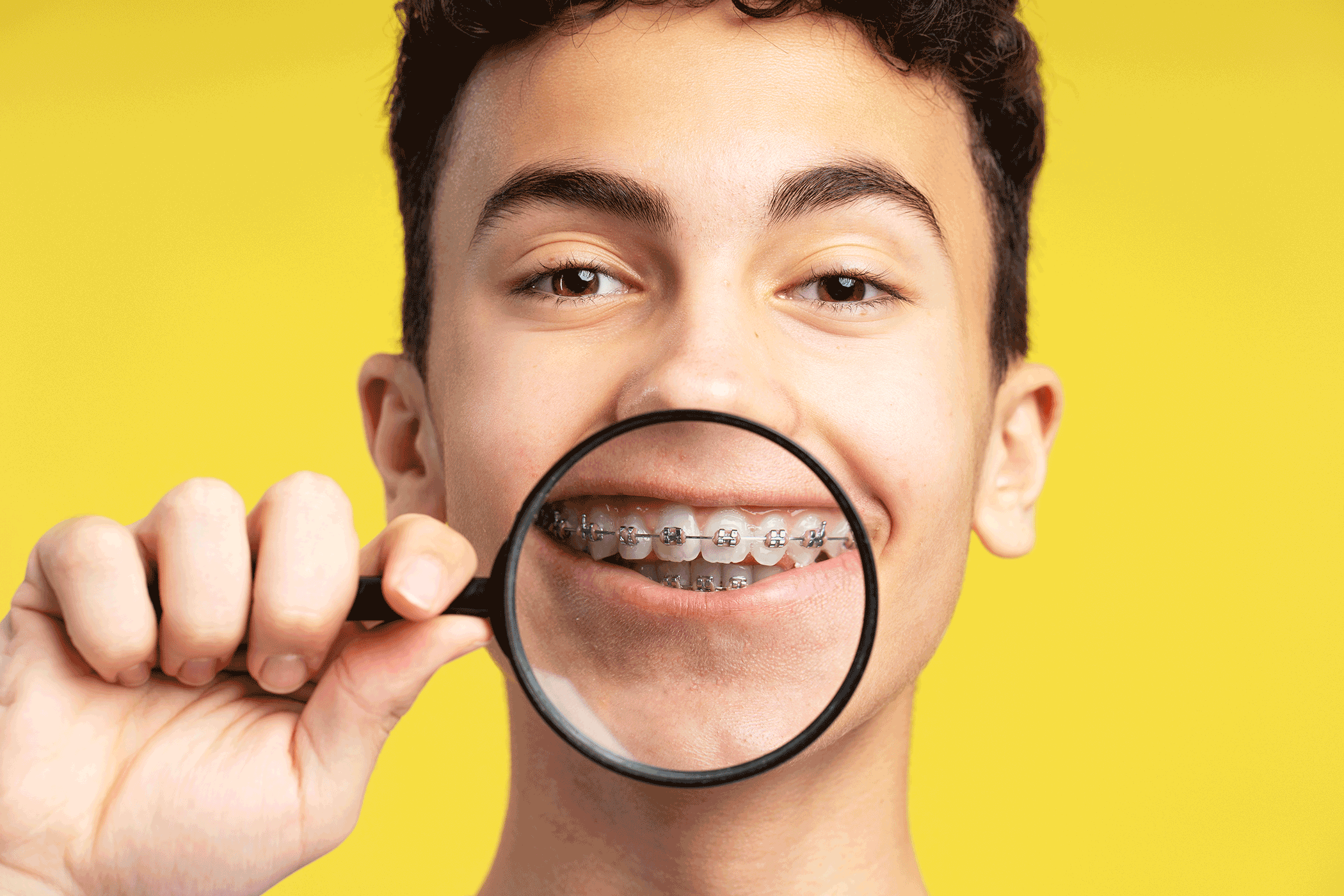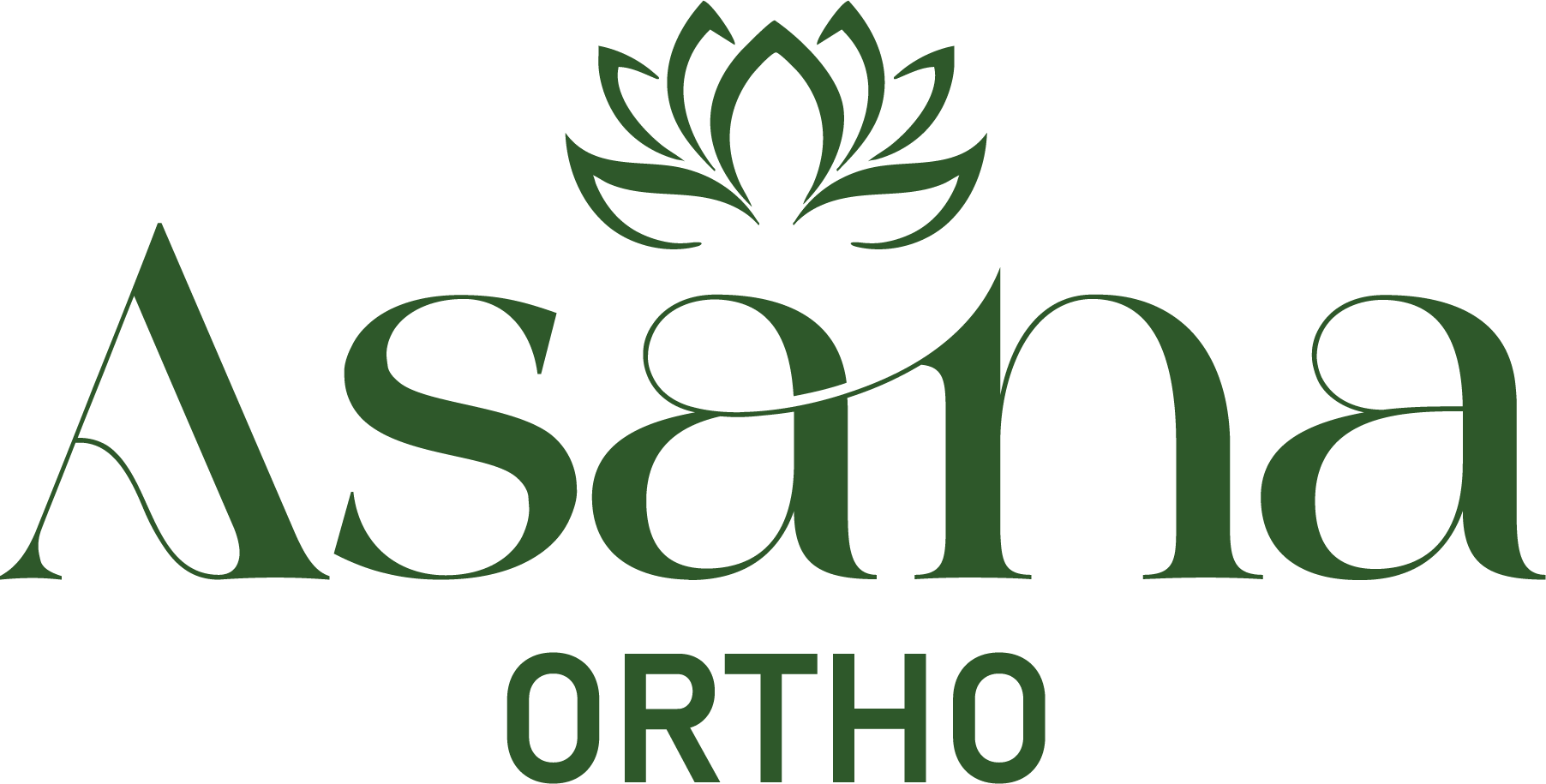
When it comes to achieving a straighter smile, patients today have more options than ever before. Two of the most popular orthodontic treatments are traditional braces and Invisalign clear aligners. While both methods are effective, the best choice depends on your unique needs, lifestyle, and preferences.
If you’re wondering whether braces or Invisalign might be the right fit, this guide will walk you through the key differences, benefits, and considerations for each.
Braces are one of the most well-known orthodontic treatments. They use a system of brackets and wires to gradually move teeth into their proper positions. Modern braces are far more comfortable and customizable than those from decades past, with options ranging from classic stainless steel to tooth-colored ceramic brackets for a more discreet look.
Invisalign is an orthodontic system that uses a series of custom, clear plastic aligners to shift teeth over time. These aligners are removable, nearly invisible, and designed using advanced digital imaging technology. Patients change aligners every 1–2 weeks as the treatment progresses.
When choosing between braces and Invisalign, it’s important to look at how each option fits into daily life and treatment goals.
One of the main differences between braces and Invisalign is how they handle complex orthodontic cases. Braces are often preferred for significant bite corrections, rotated teeth, or vertical movements. Invisalign has advanced considerably and now treats many complex cases, but some situations may still respond better to traditional braces.
Choosing between braces and Invisalign often comes down to lifestyle preferences.
The cost of orthodontic treatment varies based on treatment length, complexity, and location. In many cases, the price difference between braces and Invisalign is minimal. Insurance coverage and payment options often apply to both, and a consultation will clarify what’s best for your goals and budget.
Pros
Cons
Pros
Cons
Both braces and Invisalign are highly effective orthodontic treatments. The decision ultimately depends on factors such as the complexity of your case, your preferences for appearance and lifestyle, your comfort with wear-time responsibility, and your budget or insurance coverage. A professional evaluation will help you determine which path aligns best with your needs and goals.
Choosing between braces and Invisalign is a big step—but you don’t have to make the decision alone. At Asana Orthodontics in Albany, CA, Dr. Nourah Abdul Kader and Dr. Laurie Estes provide expert guidance rooted in a yoga-inspired, mindful approach. Whether you’re interested in braces, Invisalign, or another treatment, you’ll find a supportive environment and personalized care.
Schedule a consultation today and discover the balanced path to a confident, healthy smile.

Braces vs. Invisalign in Albany, CA — Which is Right for You? Home Blog When it comes to achieving a straighter smile, patients today have more options than…
Braces vs. Invisalign in Albany, CA — Which is Right for You?…
The Benefits of Early Orthodontic Treatment for Kids Home Blog When most…
Yoga and Orthodontics — How Mindfulness Supports a Healthy Smile Home Blog…
How to Know If Your Teen Needs Braces or Invisalign Home Blog…
Palatal Expanders Explained — What Albany Parents Should Know Home Blog When…
Invisalign for Adults — Why It’s Never Too Late for a Confident…
